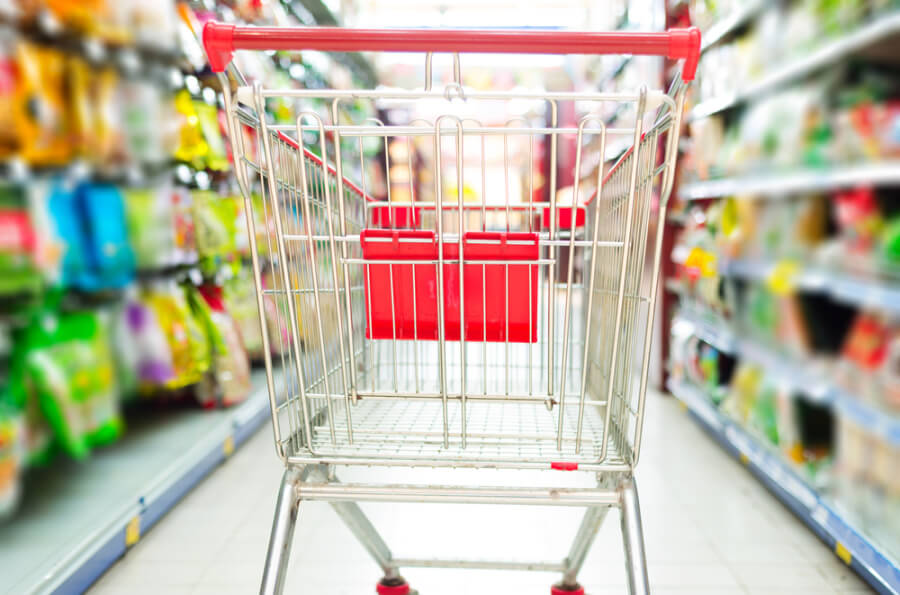Bankruptcy of Grocery Chain Demonstrates Need for ESOP Protection
Consequences of ESOP Failure are Severe to ESOP Beneficiaries

Thankfully, many American ESOP companies have developed into strong successful companies able to deliver impressive retirement benefits to their employee participants. This reality was once only a dream of ESOP visionaries such as Louis Kelso. Kelso wished to provide American employees a chance to invest in their employer over the long haul and reap the rewards of that investment throughout their retirement years.
As numerous as these ESOP success stories are – and as uplifting as it is to exhibit pride in the success of any ESOP company – there are also some ESOP “wipeouts” that shouldn’t be neglected. When an ESOP company fails or loses much of its value, its employee owners often absorb much of the collateral damage. This is unfortunate not only because employee owners dedicated their entire adult lives to the ESOP but also because they are least able to absorb a loss of asset value as large as that involved in an ESOP failure. Theoretically, lawyers and others may seek to recover assets, judgments, insurance proceeds, overdue receivables, and so on for the benefit of ESOP beneficiaries. Even when these efforts are successful – and they often aren’t – they take years to materialize and result in only pennies-on-the-dollar recovery to ESOP beneficiaries and participants.
A recent ESOP bankruptcy illuminates these various concepts. Iowa-based ESOP Dahl’s Foods Inc. – which was ranked in the Top 100 largest majority employee-owned companies (97% ESOP-owned) – declared bankruptcy in November 2014. It then quickly sold all of its real estate and operational assets to pay off its debts. Months later, it was determined that the ESOP may have a “small pool of money” left to distribute to the ESOP employee beneficiary participants. Specifically, some $1 million may be available to distribute to some 900 ESOP employee participants (approximately $1,000 per participant).
The attorneys handling the bankruptcy noted that this was a rare instance where any assets were available for ESOP participants; in most cases, all assets are used to satisfy the claims of creditors to the ESOP company. In an ESOP bankruptcy, ESOP employee participants are last to be paid any money generated from asset sales; they are paid only after secured and unsecured creditors’ debts are satisfied and other claims against the ESOP are resolved. The attorneys handling the Dahl’s Foods bankruptcy also opined that some other sources of money could be available to be distributed to ESOP participants, with the caveat that the resolution of the claims, lawsuits, and documentation required to gather the money could take several years.
The ESOP Protection Trust is designed to avoid many of the undesirable outcomes seen in the Dahl’s Foods Inc. bankruptcy. In the event of a complete “wipeout” of the value of company stock, the Trust may restore up to half of the lost value. The ESOP Protection Trust is designed to provide a meaningful recovery, not just the “dregs” and “crumbs” left over after everyone else has had their claim against the ESOP company resolved. The Trust seeks to accomplish loss reimbursement in a timely manner, without all the complications, expense, and uncertainty involved in lawsuits and other claim resolution procedures.
Founded in 1931 by Wolverine Thilbert Dahl, the first Dahl’s stores were located in Des Moines. The company was ahead of its time in facilitating drive-through grocery pickups and debit card purchases. It expanded into Kansas before suffering from competitive pressure generated by regional groceries Hy-Vee (also one of the Top 100 largest majority employee-owned companies) and Fareway as well as national mega stores Target and Walmart.
Further Reading
- New Trust Protects Fiduciaries of ESOP Companies View Article